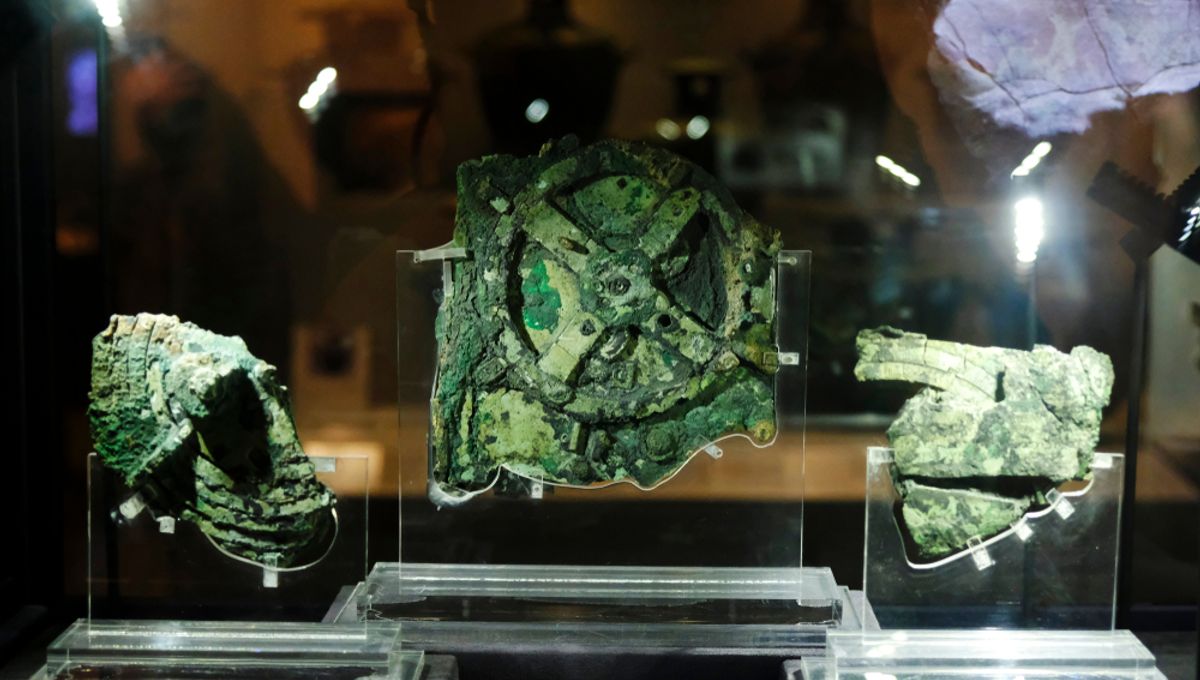
The world’s oldest analog computer may be no more than a 2,000-year-old lemon, according to the findings of an as-yet un-peer-reviewed study. Discovered at the site of an ancient shipwreck, the world-famous Antikythera Mechanism is lauded as one of the technological marvels of the Greco-Roman world, yet it turns out that the gadget might not actually have worked.
Thought to have been designed as an astronomical calculator, the Antikythera Mechanism consists of a number of pointers and gears that work together to track the movements of various celestial bodies. The sunken ship carrying the ingenious antique has been dated to around 60 BCE, although it’s unclear exactly when the mysterious relic was manufactured.
Despite the impressive innovation displayed by the item’s makers, the question of whether or not the Antikythera Mechanism actually worked has been the subject of debate since it was discovered in 1901. The mystery isn’t helped by the fact that, after more than two millennia at the bottom of the sea, the ancient device has predictably corroded, with some gears now missing while other components are fragmented and incomplete.
To gain new insights, the study authors created a computational model that brings together the findings of two recent investigations into the functioning of the Antikythera Mechanism. The first of these, authored by Alan Thorndike, analyzed how the triangular shape of the contraption’s teeth would have impacted its machinations, producing “non-uniform motion, causing acceleration and deceleration as each tooth engages”.
The second paper, by Mike Edmunds, used CT scans of the gears in order to highlight manufacturing errors, such as irregular spacing and uneven distribution of teeth.
“Under our assumptions, the errors identified by Edmunds exceed the tolerable limits required to prevent failures,” write the study authors. Thus, they explain that “while the triangular shape of the teeth alone produces negligible errors, manufacturing inaccuracies significantly increase the likelihood of gear jamming or disengagement.”
For instance, the researchers calculate that if the errors identified by Edmunds are correct, then the device’s solar pointer would probably get stuck before completing one-third of its rotation. Moreover, “since the Antikythera Mechanism has a single input of motion and all gears are interconnected, the jamming of any gear pair would bring the entire mechanism to a halt,” they write.
“As a result, two possibilities arise: either the mechanism never functioned, or its errors were smaller than those found by Edmunds,” conclude the study authors. Of course, the second scenario is certainly not off the table, since the Antikythera Mechanism had been significantly damaged by the time Edmunds created his scans, which means the errors he observed are likely to be far greater than those originally present when the device was manufactured.
However, as the new study indicates, the mechanism would have had to be produced with an incredible level of precision in order to function as intended. For this reason, Edmunds has proposed that the Antikythera Mechanism may have been more of an educational display than an actual tool for making precise astronomical measurements.
Yet the authors of the new study insist that much of the data produced by Edmunds is “speculative”, and that any findings about whether or how the ancient computer worked “must be interpreted with caution”.
A preprint of the study is available on arXiv.
Source Link: The Legendary Antikythera Mechanism May Have Been A Piece Of Junk